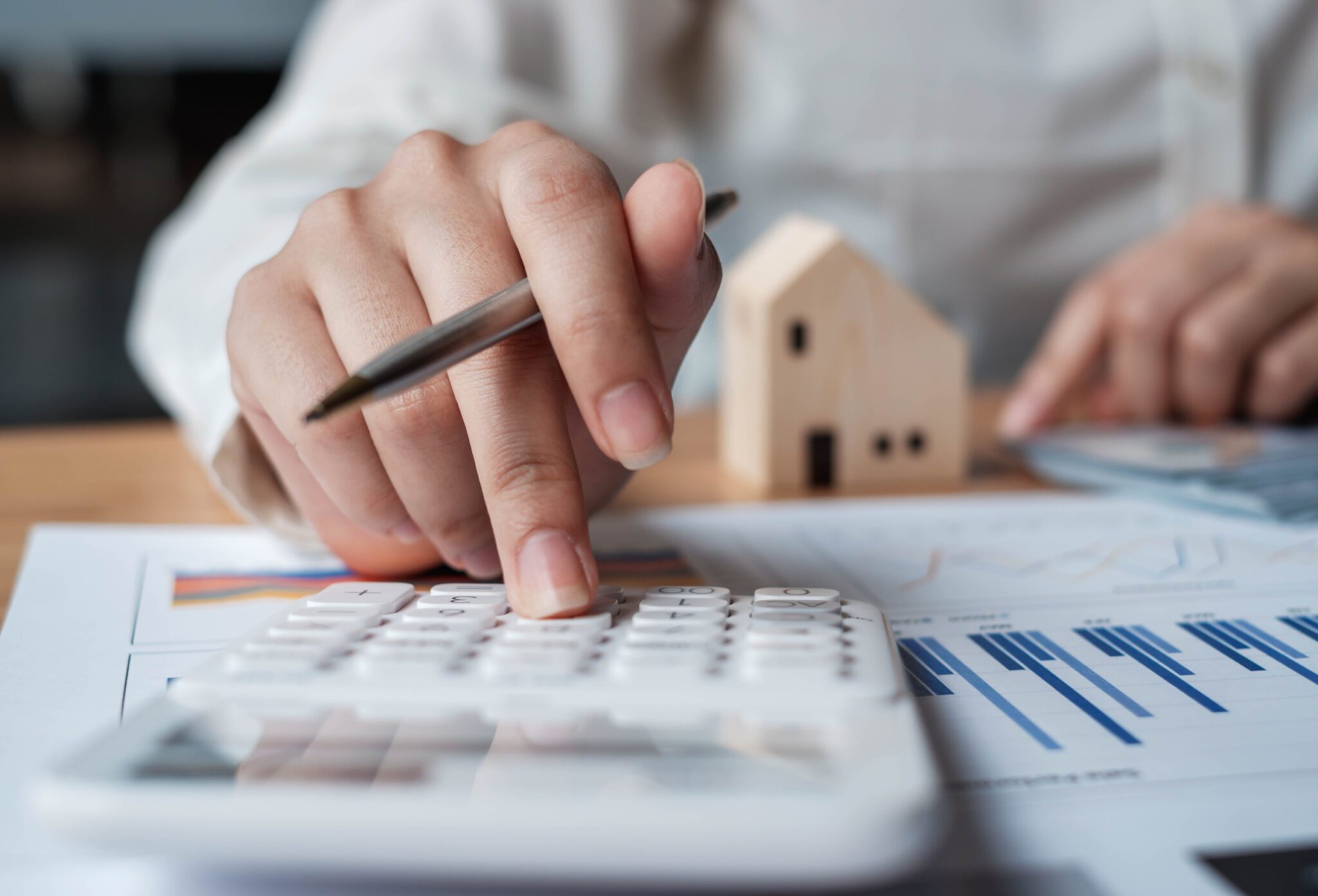
How Your Property Investments Can Work For You
The prospect of considering having an investment can be intimidating for some people, but for those who chose to take on the challenge they see it as a way to make their money grow.
Surely, investing in real estate is no joke since a single property can cost hundreds of thousands of dollars.
But if you want to set yourself up for the long-term, having a long-term sustainable income stream is the way to go.
There are several methods to invest in property and when managed properly, it can be a profitable and sustainable venture.
Why property investment?
A real estate property is a highly tangible asset any investor could ever possess.
Real property is a high-value investment asset in terms of land assessment and appreciates over time considering that the market value of a property is relative to the development and economic activity of the area where the property is located.
Unlike other non-perishable assets, real estate property appreciates as time passes on.
There are several ways to invest in properties, such as purchasing existing rental properties and renting them out. This is a common property investment venture in high-growth areas where building owners offer a bulk price for rights to the building property for a specified number of years.
It can also be a mixed-use property for office, commercial, and residential spaces. One amazing benefit of the mixed-use property is that it can have price scales to suit those who are interested to lease spaces in the bustling area.
Developing investment strategies
If you want their property investment assets to work for you, then you must be aware that you need to plan and develop their marketing and operational strategies to make it succeed and earn consistently.
Here are three key stages that investors can base their plans to create their investing strategies.
Accumulate
Some investors focus on accumulating multiple growth assets that they can afford and support financially.
Their goal is to establish their foundation and move forward on their investment journey to provide them with long-term benefits. It is towards the end of this stage that they start to experience challenges with loaning money from banks for property purchases and debt obligations continue to rise.
Consolidation
It is during this stage where they realise the need to reduce the number of their high-value assets and start establishing their cash flow sources. They find ways to improve their streams of income using their acquired properties.
Loan to Value Reduction
Investors begin to see the fruits of their hard work and increase options to settle their financial obligations and generate cash flow through multiple income streams, while some move forward by rechanneling their income and adding more assets to their portfolios.
However, the difference at this stage is that they do not have to borrow money from banks, instead make use of a percentage of their profits for capitalisation.
With the number of assets they acquired they begin to consider selling their properties for a profit, reducing debts and other obligations, or using the equity they established in their portfolio as a source of sustainable livelihood.
Each investor’s journey is different from others based on factors such as knowledge, risk profile, starting points, and income value.
Nonetheless, when investors plan their investment journey carefully, put their mind into it, and do what needs to be done they will be able to realise their goals for a better life.
So, when planning to go into property investing, take the time to think it through. It may cost a bit more because it requires a large capitalisation, but it is well worth the effort when it all pays off and get you set for life.